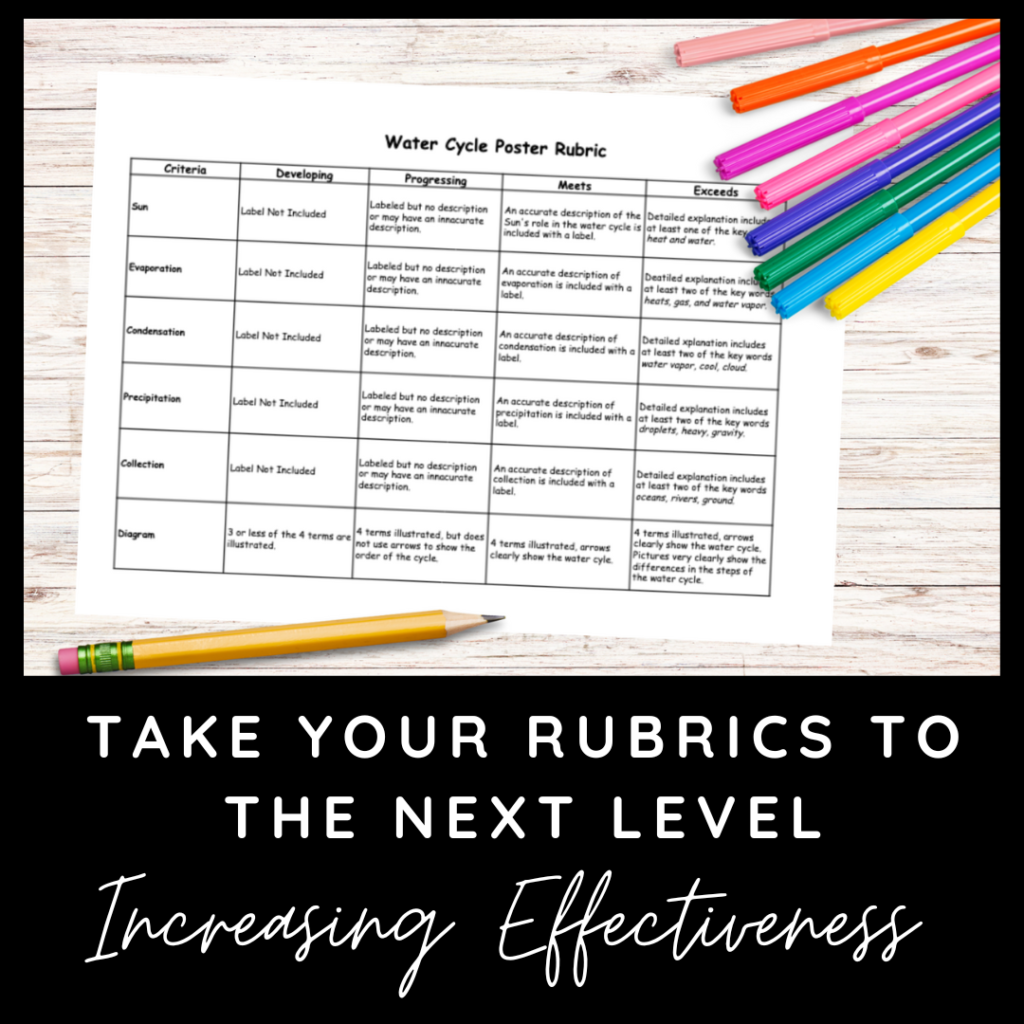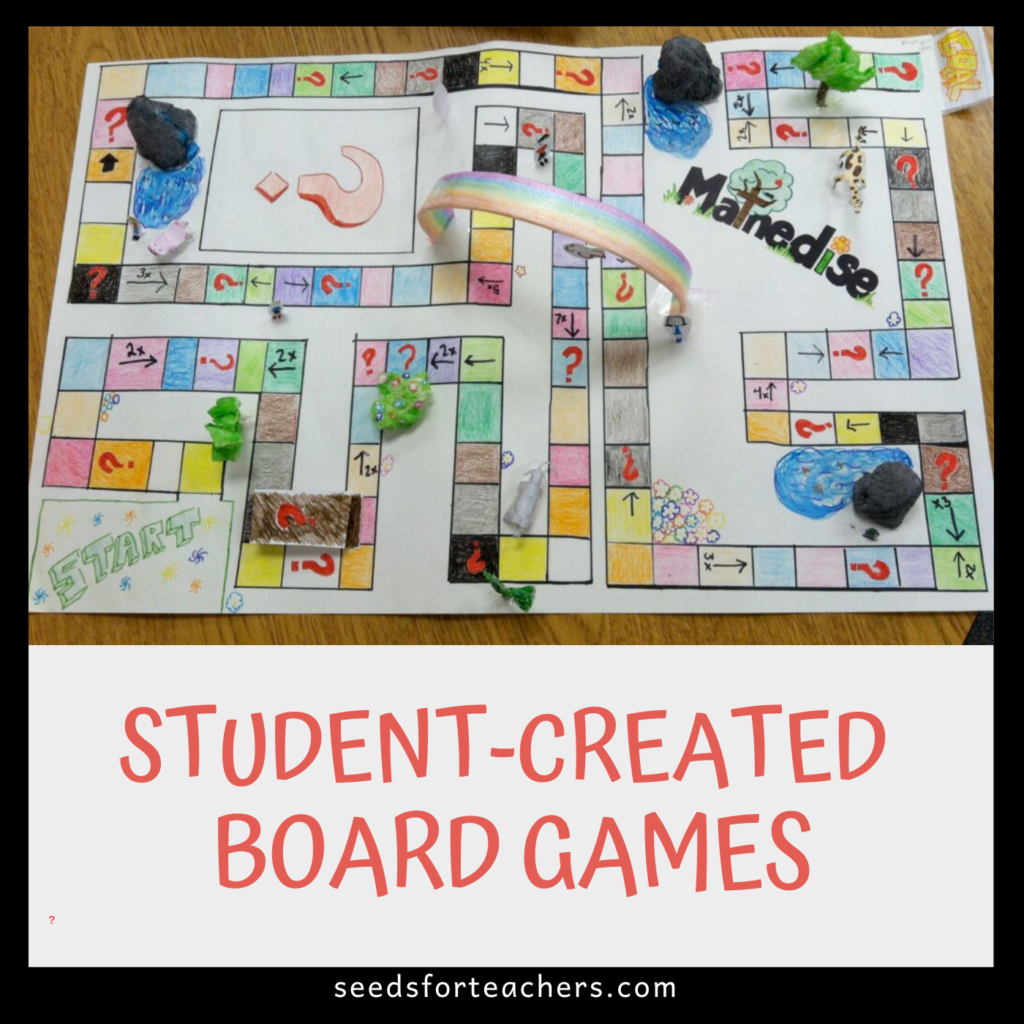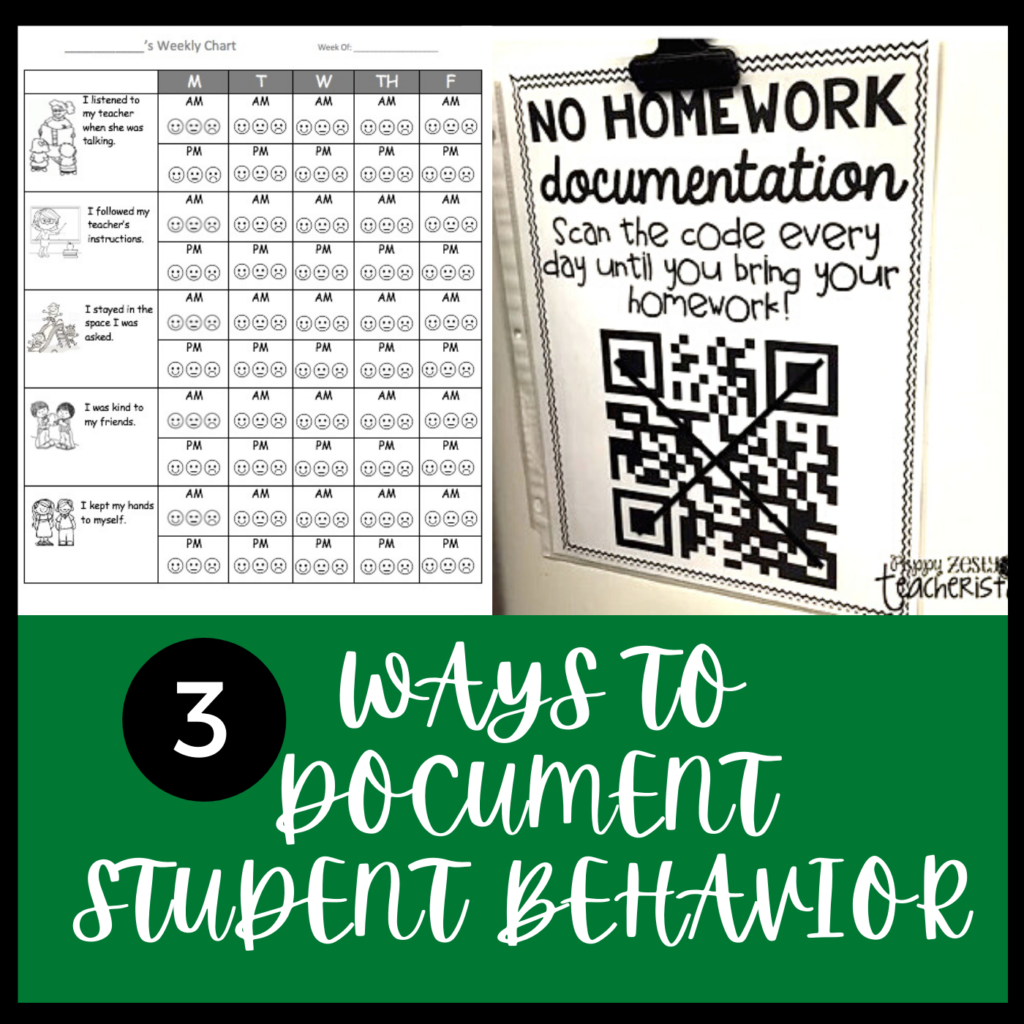Here’s a common scenario in many classrooms. Students submit their final assignment, it is marked and feedback is provided. In their feedback, teachers provide tips the student can work on for future assignments. They might question mark things that are unclear. When the students get the assignment back, they may read the feedback but then they file the assignment away because it’s already been graded and they think it’s finished. Many times teachers seem to write feedback to justify the grade they are giving the student. However, this is not the primary function of feedback. Feedback is there to help students improve their skills and performance in the future. Providing effective feedback is crucial for student learning and development. Here are five tips to help you give valuable feedback to students:
1. Be Specific and Constructive
Provide specific feedback on the student’s work, highlighting both strengths and areas for improvement. Avoid vague comments such as “nice work” or “I need more” and offer concrete examples. Constructive feedback helps students understand what they did well and how they can enhance their performance.
2. Focus on the Task
Frame your feedback around the specific task or assignment rather than making it personal. Instead of saying, “You’re not a good writer,” you could say, “This paragraph could be strengthened by providing more evidence or examples.” This approach helps students separate their identity from their work and encourages a growth mindset.
3. Be Timely
Timeliness is critical when it comes to feedback. It should be given as close to the learning experience as possible. When feedback is delivered promptly, students can quickly identify and correct misunderstandings or errors in their work. This immediate correction helps prevent the reinforcement of misconceptions and promotes a deeper understanding of the material.
4. Encourage Reflection and Goal Setting
Encourage students to reflect on your feedback and set goals for improvement. Ask them questions like, “What strategies worked well for you?” or “How could you approach this differently next time?” This promotes metacognition and empowers students to take an active role in their learning process.
Structure For Giving Feedback

Vanesa Tsang discussed the stoplight method in her post on classpoint.
Continue: This refers to the positive aspects of the student’s work and therefore ought to be continued. For instance, “You managed to explain this concept with sufficient depth and reinforced your understanding with the provision of multiple relevant examples, continue doing this in future!”
Start: These will be the qualities of the assignment that the student has not yet demonstrated, and the practical steps they can take to improve their subsequent assignments.
Stop: Giving feedback to students for this component requires increased sensitivity as it is about the less-than-ideal aspects of the assignment that the student needs to stop doing. Providing a rationale for that will be essential as it will students understand how that negative aspect could impact the assignment.
If you’re going to go through all the time of writing detailed feedback on your student’s assignments, don’t you want them to use it to improve? One final thought, and perhaps the best place to start with improving your feedback, is to give it before the final product is turned in for a grade. Instead of waiting to look at students answer at the end of class, walk around the room and make sure they answered the first two questions correctly. If not, help them see what they did wrong. If students are writing a paper, give them feedback on their first draft. When students learn to take feedback and actually do something with it, you’ll see it becomes so powerful.
Other posts you might like:



